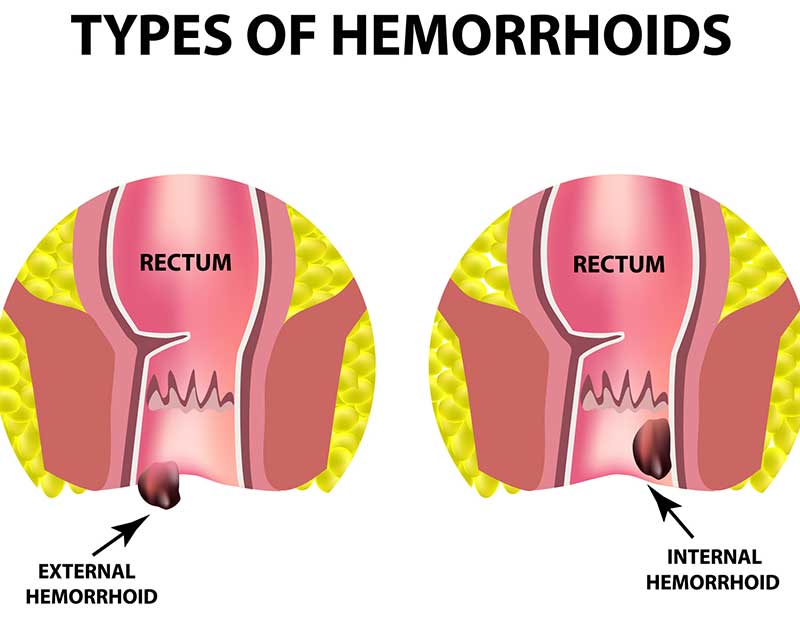
The primary purpose of sclerotherapy is to diminish the hemorrhoids by destroying the blood vessels that supply the hemorrhoids with blood.
Hemorrhoids are enlarged veins that are located inside or outside of the lowest part of the rectum that are swollen and irritated. Essentially, hemorrhoids are varicose veins that happen in the area of the rectum. They can be painful and become inflamed easily with regular bowel movements and everyday activities.
There are numerous causes of hemorrhoids, some are unknown and others include factors of pregnancy and frequent straining with bowel movements.
There are various methods within the medical field to treat hemorrhoids, but they do not all work for each individual. One of the treatment methods is called sclerotherapy. Often times, sclerotherapy is used for hemorrhoids that are in hard to reach internal locations or that are too small for other types of treatment such as rubber band ligation. Another reason that sclerotherapy is often utilized for hemorrhoids is that is is non-surgical. Some individuals take medicine that makes invasive procedures too risky to undergo or may have other medical problems that pose a risk with surgical procedures.


How Sclerotherapy Works for Hemorrhoids
Sclerotherapy is a non-surgical procedure that involves the injection of a sodium tetradecyl sulfate solution into the hemorrhoid base. This solution causes sclerosis, or clotting, scarring, and hardening of the vessels that supply hemorrhoids. The enlarged tissues ultimately die and fall off, leaving fibrous tissue in its place with no enlargement. The hope is that this new tissue will not develop enlarged hemorrhoids again in the future; however, there is no guarantee of that.
Sclerotherapy is primarily used for hemorrhoids that have been diagnosed with a grade 1 or grade 2 severity, but may also be recommended for grade 3 hemorrhoids if the patient cannot undergo other treatment procedures. Sclerotherapy does not require the use of any form of anesthesia.
What to Expect
There is no preparation on the patient’s part for sclerotherapy, since it is a non-invasive outpatient procedure. If the hemorrhoids are external, the professional administering treatment will cleanse the area and perform several injections of the solution depends on how many enlarged hemorrhoids are present. If the hemorrhoids are internal, the professional administering the injections will use a specialized probe or scope to guide them to the correct place to inject.
Some patients may have a slight burning sensation, tingling sensation, or may not feel the fluid being injected at all. When the professional completes the injections, they may perform a message to ensure that no more blood will be re-entering the affected area. In typical cases, these injections need to be done several times for the treatment of all hemorrhoids that are enlarged. Sclerotherapy may take longer for internal hemorrhoids than external hemorrhoids. The treatments are usually two weeks apart and repeated until the desired results are achieved.

